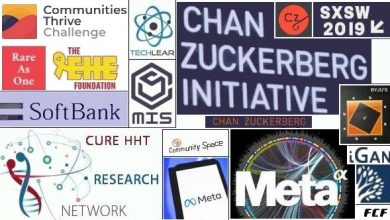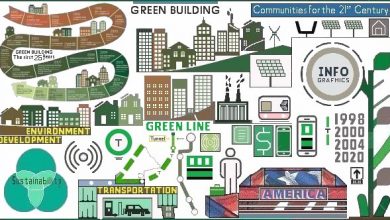
Can you tell me a bit about yourself and your career path?
I have a sales and marketing background but branched early on into analyst relations (AR) at EMC, the storage company (now part of Dell) when it was relatively unknown. At the time, only companies such as IBM did a good job with AR and I ended up working for the best teams: Oracle and, of course, IBM.
I then went on to start AR practices in smaller companies, where I broadened my role significantly: at BearingPoint I ran the thought leadership department as well and at Criteo I expanded from analysts to several other influencer persona.
In the meantime, I co-founded the Institute of Influencer & Analyst Relations (IIAR>), which is now recognised as the voice of the AR community.
It’s been a great journey and now I’m launching Starsight Communications, a new breed of analyst & influencer relations.
What is the size of the ‘influencer marketing’ market?
There’s a big difference between B2C influencer marketing and B2B influencer relations, but for both they’re hard to size. The first one is loosely related to advertising, so a small fraction of the USD 700b of global ad spend. The latter is a half-sister to media relations, which is a USD 60+billion market in the US alone. Usually, a tech vendor spends north of 15% of revenues on marketing, and from this around 17% in PR. So if PR spend is 2.5% of tech vendor revenues, it’s not a stretch to think influencer relations will be .5 to 1%. This equates to USD 16 billion, which seems like a sizeable opportunity based on my napkin calculation.
What’s one opportunity for using influencer marketing that maybe marketers overlook that has the potential to make a significant positive impact beyond content creation?
Marketers always think coverage first, but getting into the top-right quadrant of the Gartner Magic Quadrant only gets you a seat at the table with all the other vendors in that evaluation.
They should be thinking about elevating that expert opinion and weaponizing it for their field sales – this takes at least as much energy as being listed in those reports. The good news is that analysts will help you contextualise their insights for the field via webinars or other tactics.
But the real value of influencer marketing is to avoid expensive mistakes; analysts are not only the uber-influencers, as they’re talking to all ecosystem participants, their advice will help you avoid expensive mistakes. Like buying the wrong company or hiring the wrong person.
What is the best influencer marketing platform for B2B?
There are two good platforms to automate some of the work, ARchitect by ARinsights is the market leader and Spotlight Oz is the other, but this is largely a face-to-face role which is hard to code into software. And so the best platform by far is… virtual meetings!
What is the biggest lesson you’ve learned from influencer marketing?
Ultimately, it’s a sales job – without the quota and big bonus! AR folks who never pick up the phone and hide behind email aren’t very successful.
Which is why trying to get your PR agency to run analyst and influencer relations as a side hustle will fail. Get a specialist in!
In your opinion, is Influencer marketing going to last?
Undoubtedly. It is changing though, with peer review platforms and social media it has evolved and one thing is certain: tomorrow’s influencers will change. Again.











